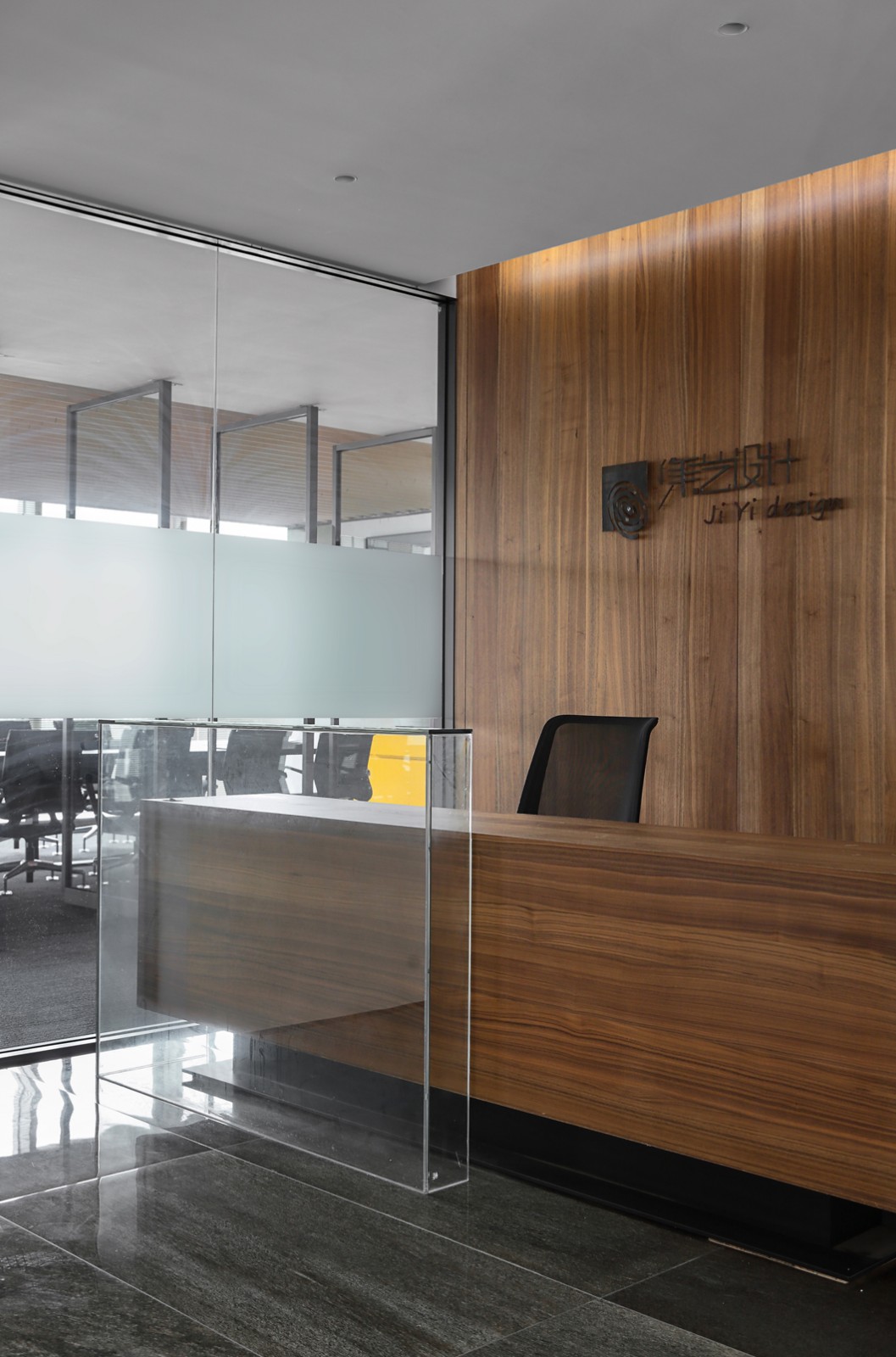Dalmarnock Station ATKINS
2013-08-19 01:00
架构师提供的文本描述。1896年夏天,格拉斯哥中央铁路公司(后来成为加里东铁路公司)在格拉斯哥格林、布里奇顿十字和达尔马诺克建造了三个新的火车站。达尔马诺克站(最初形成为布里奇顿站)成为连接西北马利希尔和苏格兰中部东南部牛顿的一条路线的一部分。
Text description provided by the architects. In the summer of 1896, three new railway stations at Glasgow Green, Bridgeton Cross and Dalmarnock were constructed by the Glasgow Central Railway Company (later to become the Caledonian Railway Company). Dalmarnock station (originally formed as Bridgeton Station) became part of a route connecting Maryhill, in the North West, to Newton in the South East of central Scotland.
戴尔默诺克站已经被重新发明,以更好地服务于2014年英联邦运动会区,并成为克莱德网关正在进行的格拉斯哥东区长期改造的一部分。一个新的公共入口处和售票处将带来2个新楼梯和一个更好的平台体验。客户团队包括网络铁路、格拉斯哥市议会、斯特拉斯克莱德客运公司和克莱德网关公司,其中第一家铁路公司是火车运营商。
Dalmarnock Station has been re-invented to better serve the Commonwealth Games district in 2014 and form part of Clyde Gateway’s ongoing, long term transformation of Glasgow’s east end. A new public entrance and ticket hall lead to 2 new stairways and an enhanced platform experience. The client team include Network Rail, Glasgow City Council, Strathclyde Passenger Transport and Clyde Gateway with First Scotrail as train operator.
我们面临的挑战是加强在一个新的车站内的旅行经验,这对达尔马诺克更广泛的建筑遗产作出了积极贡献。设计理念的目的是提高旅客体验和整体质量的场所制作。我们努力设计一个动态的空间序列,以简单、优雅的方式通知和引导乘客通过车站。从高和低空间之间的过渡形成了一个可识别的路线,通过建筑物从站台到街道。
Our challenge has been to enhance the travelling experience within a new station that contributes positively to the wider architectural heritage of Dalmarnock. The design philosophy is intended to raise the passenger experience along with the overall quality of place making. We have made a deliberate effort to design a dynamic sequence of spaces that inform and direct passengers through the station in a simple, elegant manner. Transitions between high and low spaces form an identifiable route through the building from platform to street.
在内部,材料是一个诚实的表现镀锌钢和酸蚀刻混凝土的大格式面板,描述从街道水平下降到平台。楼梯和通道的建设有一个整体的存在,正如高大的混凝土结构柱,包括照明和通讯装置。
Internally, materials are an honest expression of galvanized steel and acid etched concrete in large format panels that describe the descent from street level to the platforms. The stair and passageway construction has a monolithic presence as do the tall concrete structural columns containing lighting and communications fixtures.
在外部,一块半透明的铸玻璃表面被用作无缝表面,向外界展示了更大的规模感,同时考虑到了与原始车站基础设施的同质砂岩和砖瓦结构之间的关系。外部表皮最大限度地利用了内部的自然日光,并在夜间转化为达尔马诺克路(Dalmarnock Road)的照明背景。
Externally a single skin of translucent, cast glass is used as a seamless surface, presenting a greater sense of scale to the outside world while striking considered relationships with the homogenous sandstone and brickwork of the original stations’ infrastructure. The outside skin maximises natural daylight within the interior and transforms at night to become an illuminated backdrop to Dalmarnock Road.
结构和立面所设置的平行铁路线几何图形在屋顶景观中得到加强,因为一系列狭窄的折叠式平面占领了车站,在线路两侧建立了更能与城市沟通的元素。
The parallel rail line geometries set out by the structure and facades are reinforced within the roofscape as a series of narrow folded planes capturing the stations built elements on both sides of the line in a form more able to communicate to the city.
因此,屋顶景观被认为是一套设计好的山峰和山谷,强化了车站内部的主题。高褶皱线表示入口和与外部世界的界面,而低褶皱线则表示内部世界与铁路的连接。设计从一个更大的模板“切割”,屋顶景观被看作是一个安静的记忆更宏伟的车站建筑,同时适合规模和形式的达尔马诺克站。
The roofscape is therefore conceived as a designed set of peaks and valleys that reinforce the themes of the station interior. High fold lines suggest entrances and interfaces with the outside world whereas low fold lines suggest the internal worlds’ connection to the railway. Designed to be ‘cut’ from a larger template, the roofscape is seen as a quiet memory of grander station architecture whilst being appropriate to the scale and form of Dalmarnock Station.
 举报
举报
别默默的看了,快登录帮我评论一下吧!:)
注册
登录
更多评论
相关文章
-

描边风设计中,最容易犯的8种问题分析
2018年走过了四分之一,LOGO设计趋势也清晰了LOGO设计
-

描边风设计中,最容易犯的8种问题分析
2018年走过了四分之一,LOGO设计趋势也清晰了LOGO设计
-

描边风设计中,最容易犯的8种问题分析
2018年走过了四分之一,LOGO设计趋势也清晰了LOGO设计
















































































